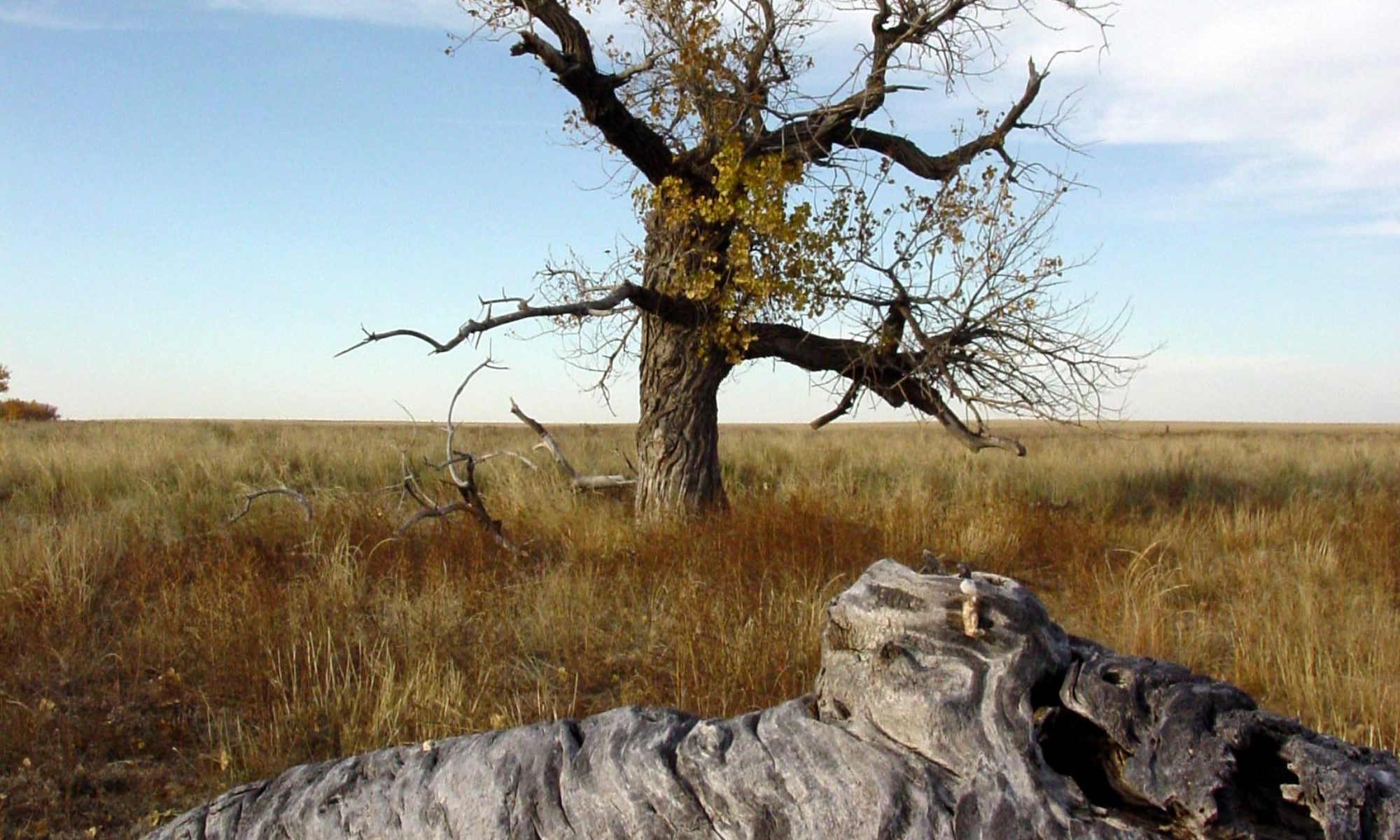by
Donald L. Vasicek
A General Chronology:
1. The breakout of the Indian Plains War of 1864 fueled by tribal skirmishes in Western Nebraska, which some believed, threatened the well being of Caucasians on the Plains.
2. In June of 1864 the Hungate family was brutally murdered by 4 Northern Arapaho Indians just miles outside of Denver City. Fear about being attacked in Denver City reached monumental proportions.
3. Denver City was flooded in June of 1864. This caused Caucasian property loss, which exposed them to the elements, which included Indians.
4. In the summer of 1864, the Colorado Territory experienced a severe drought. This caused the Cheyenne (according to Southern Cheyenne Chief Laird [Whistling Eagle]Cometsevah, the Arapaho followed the Cheyenne, always camped about 8 miles away from them, and were camped 8 miles away when the massacre occurred), who followed the buffalo, to go to where the buffalo roamed, to the Arkansas River Valley where there was water.
4. Because of the Hungate murders and rumors circulating throughout the Colorado Territory that the Cheyenne and Sioux, some 3,000 strong, were gathering at Smoky Hill to plan an attack to wipe out Denver City, Territorial Governor John Evans issued a proclamation that all Indians report to the nearest fort. Failure to do so would result in all who don’t would be deemed criminals. They would be hunted down, arrested, tried, convicted, and imprisoned.
This occurred in August of 1864. After being refused twice by Secretary of War Seward to send 10,000 troops to the Colorado Territory, Evans issued the proclamation.
5. The Cheyenne did not receive this message for 3 months because they were far from Denver City in the Arkansas River Valley. By this time, it was too late for them.
6. In September of 1864, certain Cheyenne Chiefs met with Evans at Camp Weld near Denver City. Evans ordered them to take their people and go to Fort Lyons where they would be given supplies and provisions until the U. S. government could send people to teach the Cheyenne how to plant and grow crops. This was in accordance with the 1861 Treaty of Fort Wise.
7. The Cheyenne complied. At Fort Lyons, they were ordered to give up their weapons and go to Sand Creek to await provisions, supplies, and people who would teach them how to plant and grow crops.
8. In November of 1864, Governor Evans and Colonel John M. Chivington were defeated in their runs for Congress. Statehood for Colorado was also defeated.
9. Crooked U. S. Indian Agents stole provisions and supplies intended for the Cheyenne at Sand Creek. They sold them to unsuspecting people. Meanwhile, the Cheyenne were starving at Sand Creek.
10. On November 29, 1864, 700 Colorado 1st and 3rd Cavalries, with some New Mexico troops sprinkled in for good measure, attacked and brutally murdered over 400 (Chief Cometsevah said his great-great grandfather, who survived the Sand Creek Massacre, gave that figure)Cheyenne mentally- and physically-disabled, women, children and elders (most of the younger Cheyenne men were out on a hunting trip). Troopers raped Cheyenne women. Troopers mutilated bodies, even cutting out fetuses (as Arapaho Lee Pedro said, “…a perfect act of genocide”)in Cheyenne woman, and burned most of the bodies as well as the 500 Cheyenne lodges at Sand Creek.

